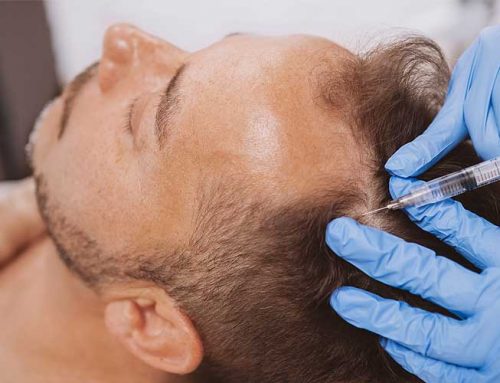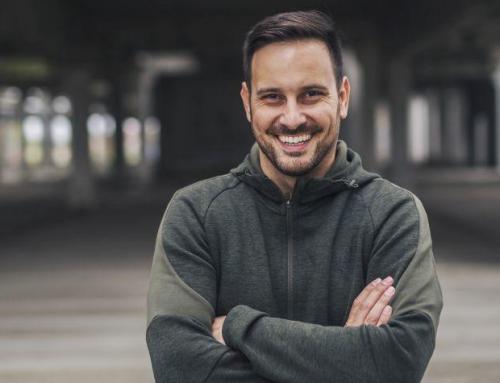The History of ARTAS Robotic FUE Hair Transplants
 When it comes to hair transplants, ARTAS robotic hair restoration is a newcomer, but has already changed the way patients and doctors view the current state of hair loss solutions. ARTAS produces incredibly natural looking results and there is less scarring and far less downtime that you would have with other hair restoration procedures and hair transplant techniques. What allows for this is the precision of the robotic system. Patients only need to have a local anesthesia to under-go a hair transplant with the ARTAS system and when it is all complete, patients can style their hair in any way they want and they don’t have to worry about trying to cover up any scarring in a donor area. Here is a look at how the ARTAS system as grown to be a leader in hair restoration surgical solutions.
When it comes to hair transplants, ARTAS robotic hair restoration is a newcomer, but has already changed the way patients and doctors view the current state of hair loss solutions. ARTAS produces incredibly natural looking results and there is less scarring and far less downtime that you would have with other hair restoration procedures and hair transplant techniques. What allows for this is the precision of the robotic system. Patients only need to have a local anesthesia to under-go a hair transplant with the ARTAS system and when it is all complete, patients can style their hair in any way they want and they don’t have to worry about trying to cover up any scarring in a donor area. Here is a look at how the ARTAS system as grown to be a leader in hair restoration surgical solutions.
ARTAS Robotic FUE Hair Transplants: Development
In 2006 ARTAS robotics system began in development. For the next five years, the system underwent numerous texts to ensure the operation was as precise and safe as possible. In 2008, ARTAS was first shown at the annual meeting of the International Society of Hair Restoration Surgeons. It was here that leaders in the field got their first look at what was to become the future of hair restoration. In 2011 the multiple rounds of trials and revisions paid off, when ARTAS was awarded FDA clearance and the ability to enter the marketplace. It was that same year that the first ARTAS robotic system for the commercial market shipped.
ARTAS FUE Hair Transplants: Clinical Implementation
ARTAS Robotic FUE Hair Transplantation has generated a lot of interests with hair restoration surgeons and patients. By 2014, over 100 robotic units and have shipped and more that 10 million hairs have been harvested. Hair transplant surgery accuracy has been unmatched by ARTAS and patient outcomes continue to expand the number of hair transplant companies that use ARTAS.
Ongoing ARTAS Clinical Development
As ARTAS continues to evolve, the newest technologies being added to the system. Just a few years ago, ARTAS site making uses advanced algorithms to determine the best placement of hair that has been harvested. The ARTAS Hair Studio Application also gives patients a 3D simulation of the results, they can expect to achieve.
There is no question that the future of ARTAS hair transplants look bright and give tremendous benefits to patients looking to restore their hair. The level of natural results have become a new standard and hair restoration surgeons are more impressed than ever before.





